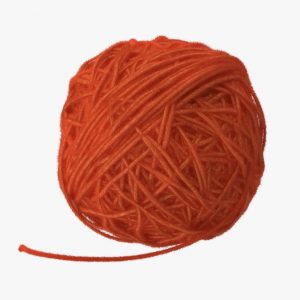November 25-December 10 is internationally known as the 16 days of activism to stand against and commit to ending gender-based violence. Black women and girls, FNMI women and girls, racialized women and girls, women and girls with disabilities and members of the 2SLGBTQIA+ community are at high risk of gender-based violence. November 25 is International Day for the Elimination of Violence Against Women and December 10 is World Human Rights Day. Let’s amplify the voices of those who are subject to gender-based violence, listen, learn, and demand safety, inclusion and acceptance for all. Let’s begin these conversations in our classrooms. ETFO has provided some ideas here about how to get yourself and your students involved in the #16days of activism.
The significance of the activism this year is greater than ever before due to the increasing amount of gender-based violence reported over the course of the pandemic.
Gender-based violence facts
- The UN Women states that nearly 1 in 3 women globally have been subjected to violence (2021)
- “More than 6 in 10 Indigenous women have been physically or sexually assaulted during their lifetime” (Statistic Canada, 2021)
- “Indigenous women are killed at nearly seven times the rate of non-Indigenous women” (Statistics Canada, 2018)
- Women who identify as gay, lesbian or bisexual are more likely to be victimized (Statistics Canada, 2018)
- Women with a disability are more likely to experience gender-based violence than women who do not have a disability (Statistics Canada, 2021)
- “When racialized women report violence, their experiences are often taken less seriously within the criminal law system and their perpetrators routinely receive less harsh punishments” (Ruparelia, Rakhi, All that Glitters is Not Gold: The False Promise of Victim Impact Statements, 2012)
Gender-based violence both directly and indirectly affects everyone. Victims of gender-based violence experience trauma that can be intergenerational in nature. To eradicate gender-based violence we must acknowledge it exists and victimizes people of all genders, races, abilities, sexualities, ages and classes in all geographic locations. We cannot advocate for feminism without intersectionality.
What can we do?
- Educate our students and community about gender-based violence from a trauma informed approach
- Educate even our youngest learners about the importance of consent and advocating for their own mental health and well-being
- Listen and learn from experts, community organizations and survivors
- Support local and global initiatives that commit to advocating for people of all genders and putting an end to gender based-violence
- Use our privilege as educators to advocate for change
- Continue to model acceptance, inclusion and teach using an anti-oppressive framework








